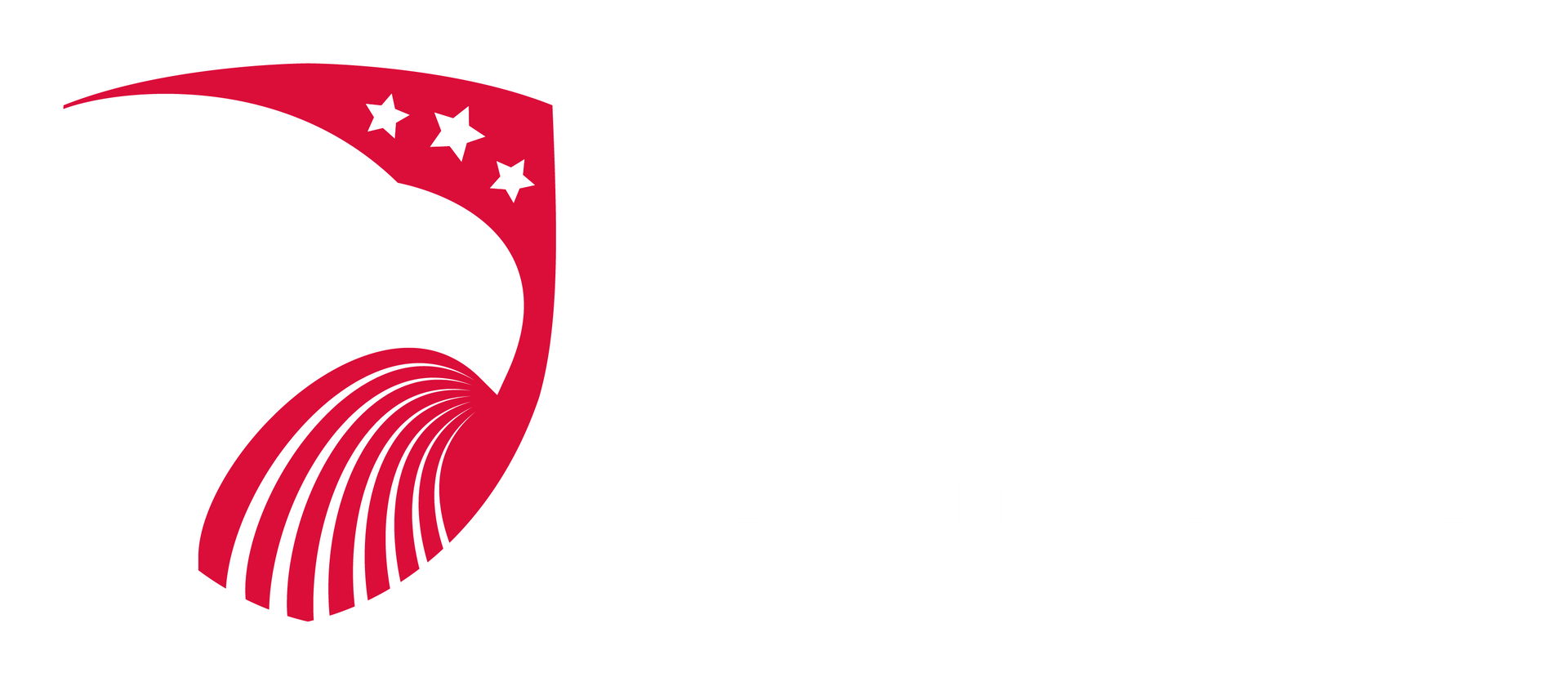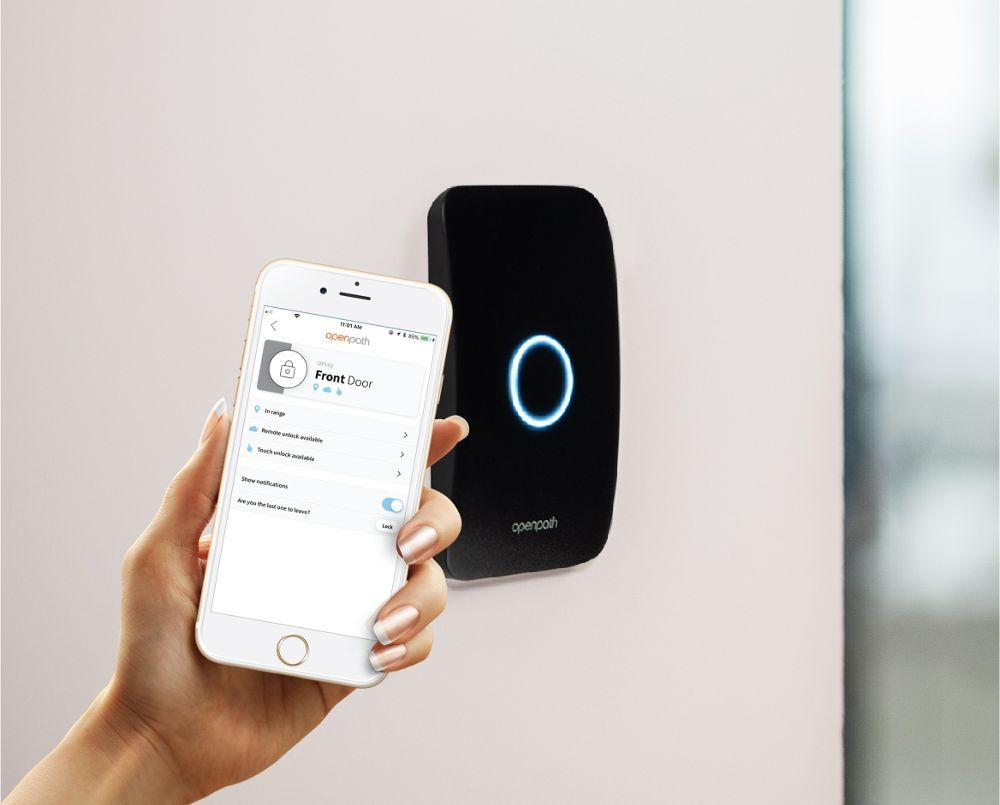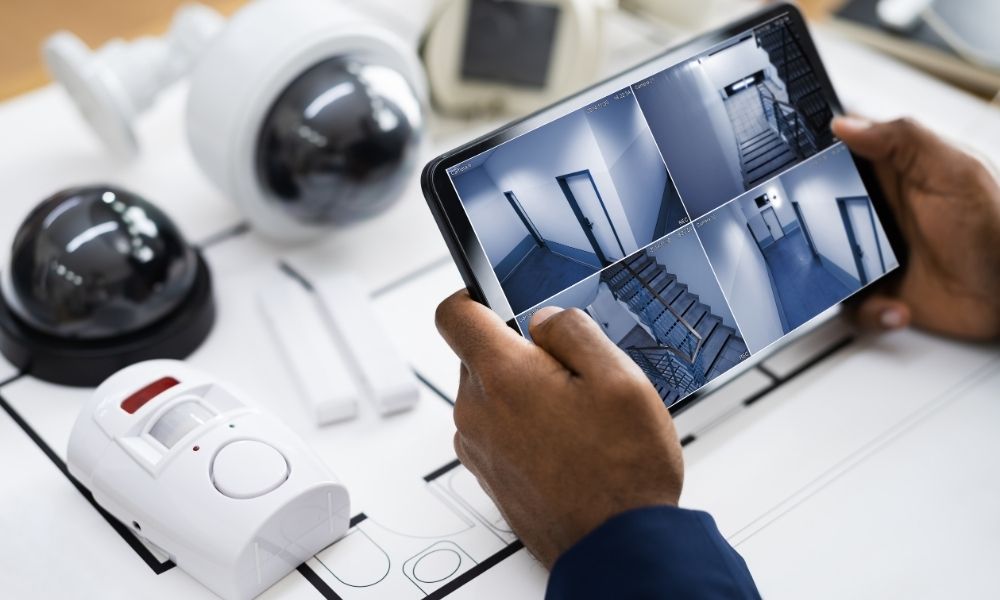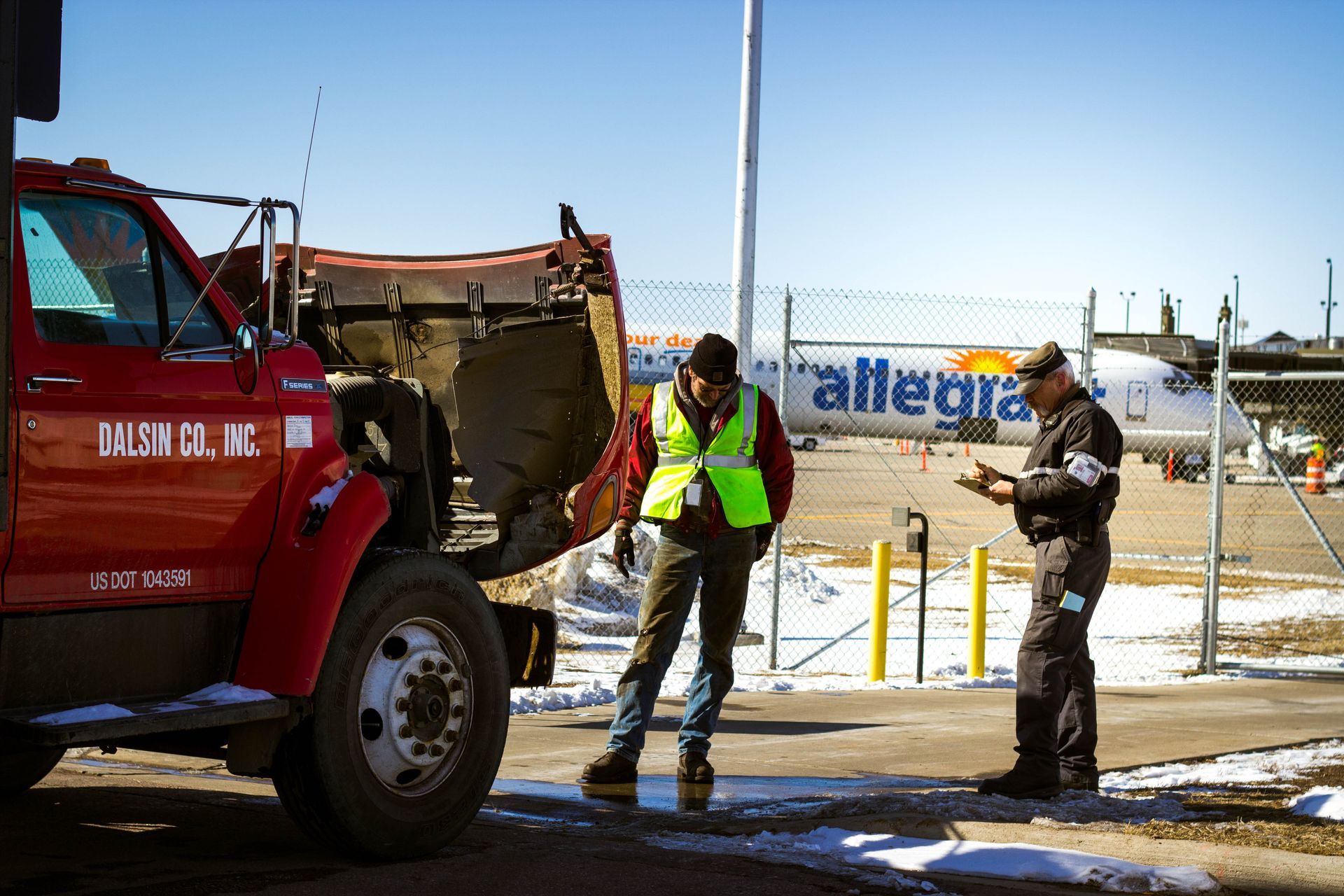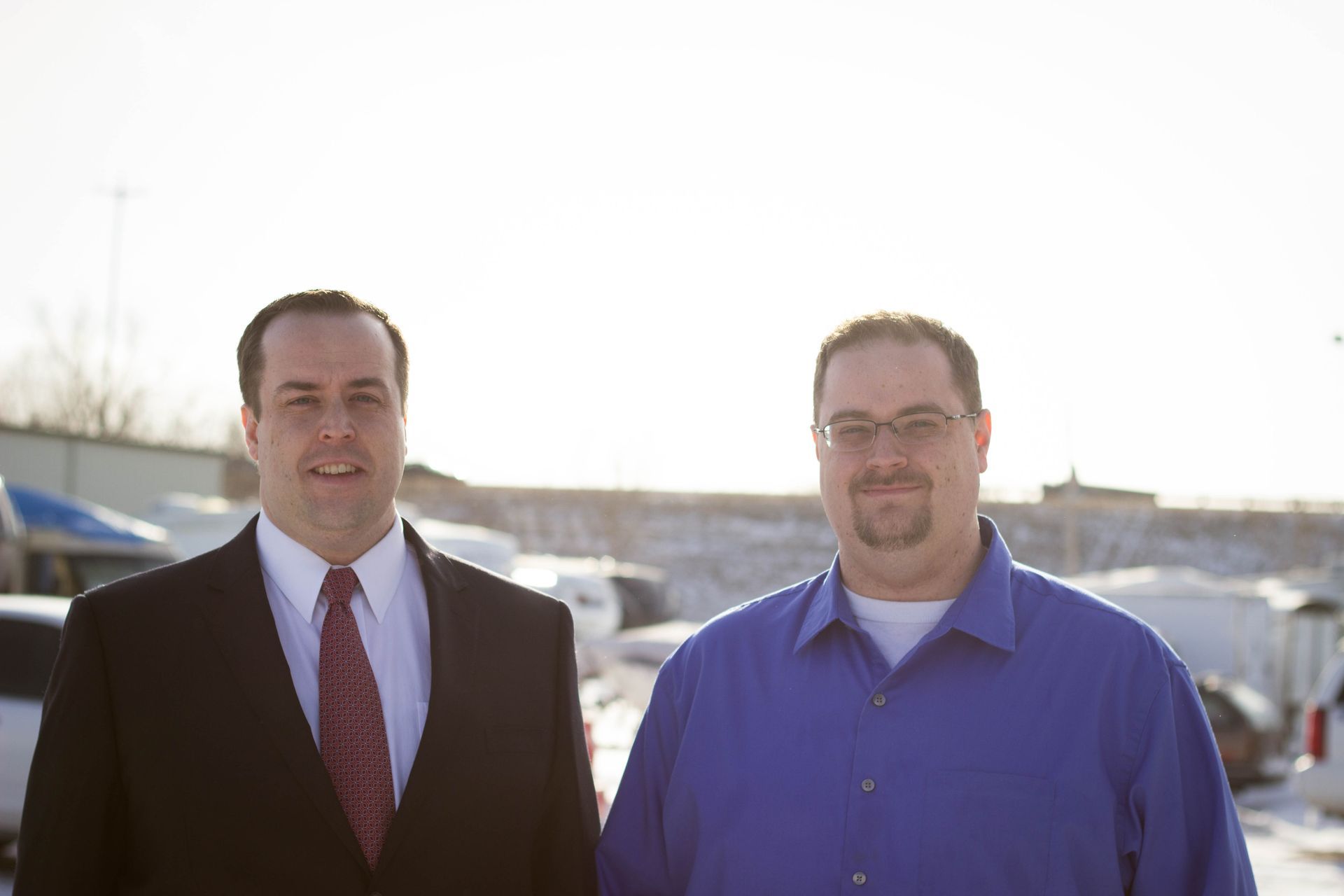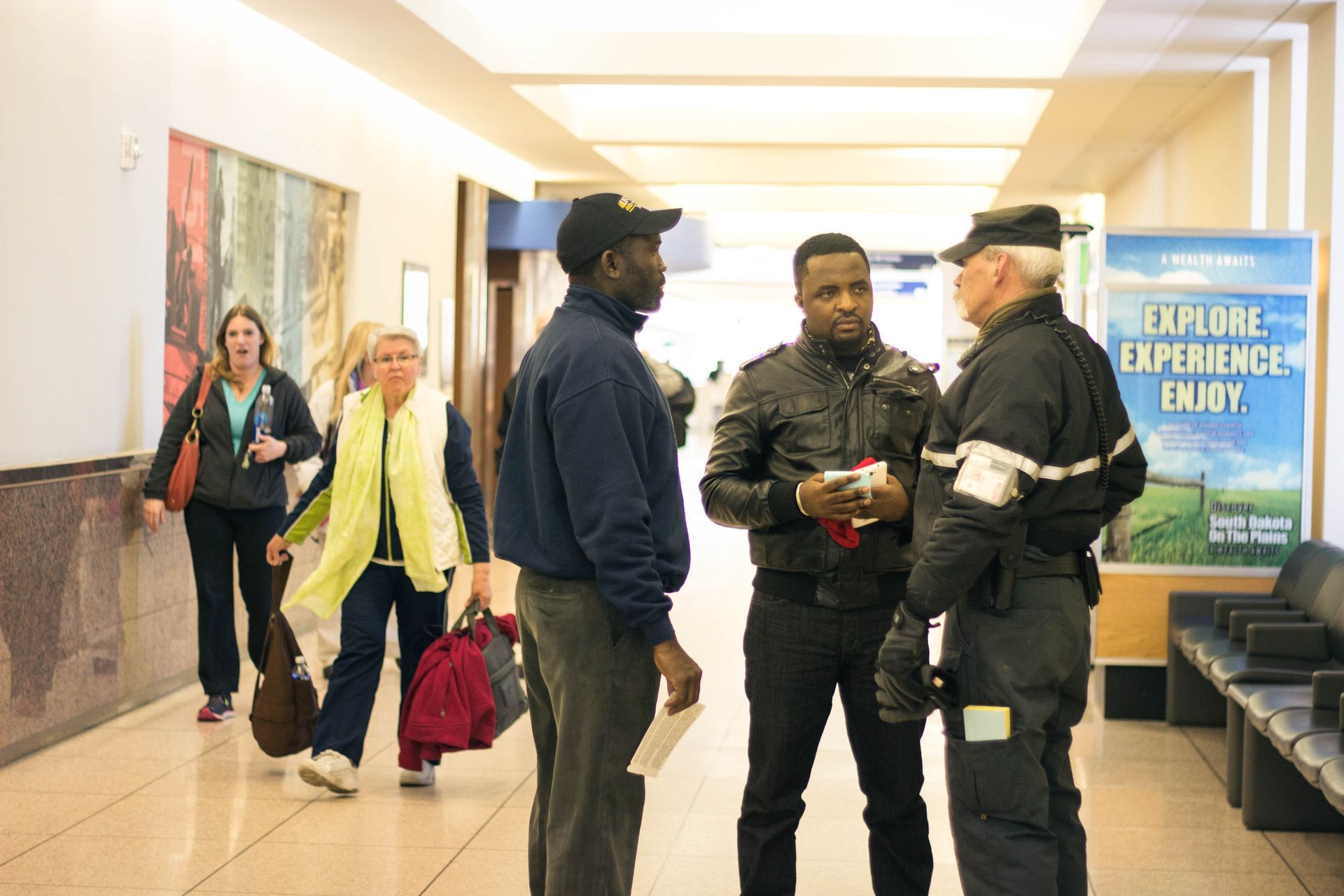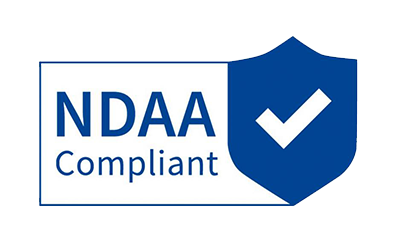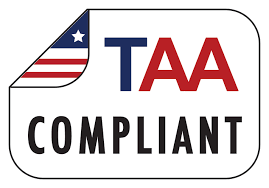Security Systems in Sioux Falls, SD
In an increasingly uncertain world, your safety and peace of mind are our top priorities. Welcome to SMP's Surveillance & Security System Installation and Monitoring page. Discover our security system related services, including CCTV Surveillance, Alarm Systems, Access Control, and expert system installation.
At SMP, we are not just installers; we are your dedicated partners in security system monitoring, working round-the-clock to keep you safe.
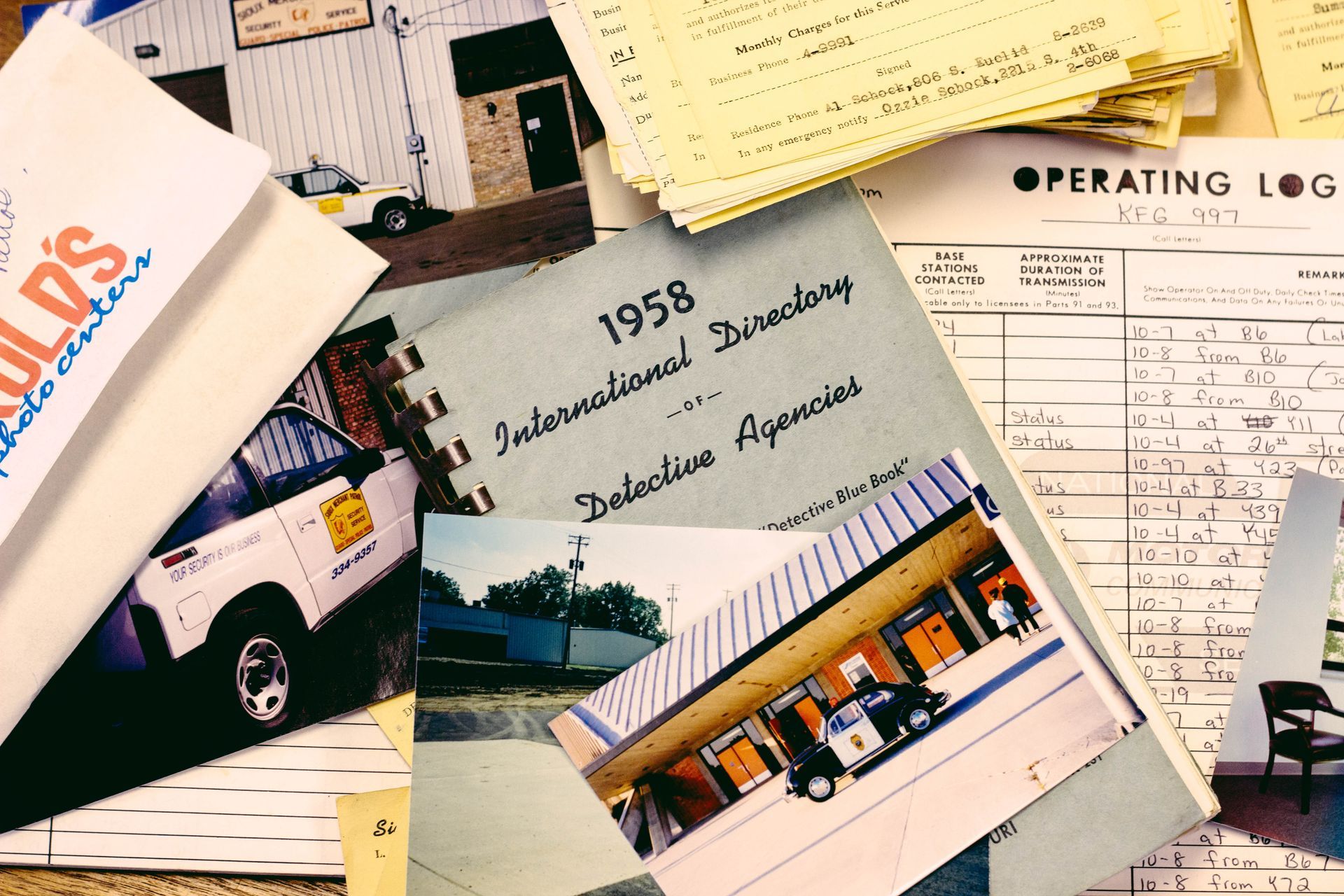
FAQ Section about Security Services
Q: How much does a commercial security system cost in Sioux Falls?
A: Budgets vary by building size and risk profile. A small office with 4–6 cameras and basic intrusion sensors averages $2,500–$4,000 for hardware plus $35–$55 per month for monitoring. Warehouses often invest $6,000–$12,000 for wider coverage and longer video retention.
Q:
How many cameras do I need for a 10,000-sq-ft warehouse?
A: A good rule of thumb is one wide-angle camera per 2,000 sq ft indoors, plus dedicated units for each dock door and exterior corner. That works out to roughly 8–10 cameras for full coverage of a 10,000 sq ft facility.
Q:
Do I need a permit to install security cameras in South Dakota?
A: South Dakota does not require state-level permits for CCTV, but you must follow local building codes for wiring and place cameras only in areas where there is no “reasonable expectation of privacy.”
Q:
How long should businesses keep security footage?
A: Most insurers and regulatory bodies recommend at least 30 days of storage. High-risk industries—such as food processing or pharmaceuticals—often keep 60–90 days to satisfy audit requirements.
Q:
What’s the difference between motion detection and video analytics?
A: Motion detection flags any movement in the frame, which can lead to false alarms. Video analytics uses AI to identify specific objects or behaviours (people, vehicles, line-crossing), reducing false alerts and enabling smarter notifications.
Q: How often should sensors and cameras be inspected or serviced?
A: Perform visual checks monthly, clean lenses quarterly, update firmware twice a year, and test critical sensors (door contacts, smoke detectors) every six months.
NDAA Compliance
At SMP Security Services, we are dedicated to ensuring that all of our products are compliant with NDAA Section 889 for federally funded projects. This commitment to compliance allows us to support our government clients and ensure that their projects are successful.
What is NDAA Compliance?
In short, the John S. McCain National Defense Authorization Act (NDAA) for Fiscal Year 2019 was signed into law in August of 2018 and subsequently NDAA 2020 for this year. The law, specifically Section 889, prohibits federal agencies, their contractors and grant or loan recipients from procuring or using “telecommunications and video surveillance equipment or services” from specific Chinese companies as a “substantial or essential component of any system, or as critical technology as part of any system.” The NDAA ban includes telecommunications equipment produced by Huawei Technologies Company or ZTE Corporation, as well as video surveillance and telecommunications equipment produced by Hytera Communications Corporation, Hangzhou Hikvision Digital Technology Company, or Dahua Technology Company. Therefore, for equipment to be NDAA Compliant, products must be free of any hardware, chipsets, SoC, or other materials from any of the companies listed on the Banned List.
There are 3 Essential Parts to Section 889:
- Procurement: This bans federal agencies from purchasing or procuring covered equipment or services
- Blacklist Clause: This bans federal agencies from doing business with companies that use covered equipment or services
- Funding: This prohibits Federal money or ‘funding’ to be used to purchase covered equipment or services
